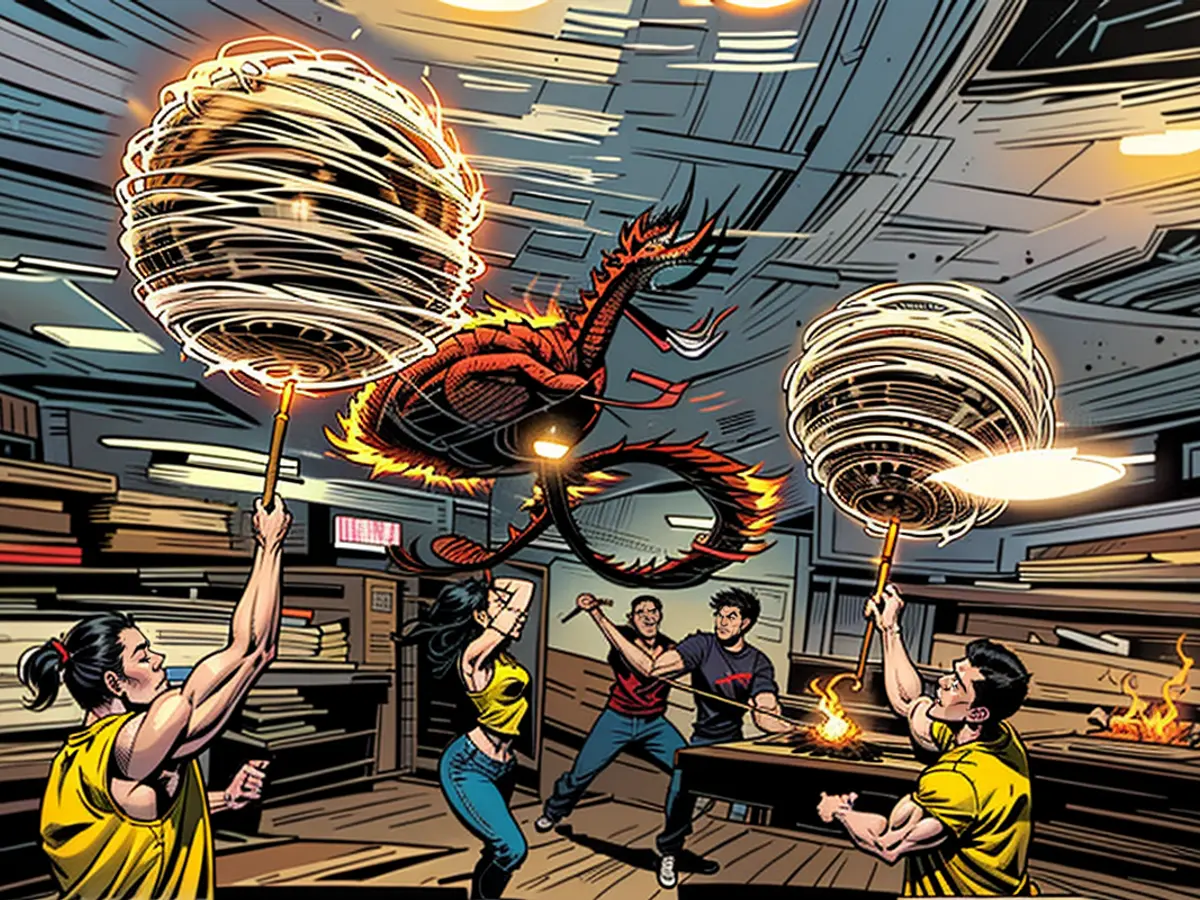Celebrating Mid-Autumn Festival: Delicacies like mooncakes, radiant lanterns, and numerous traditions.
Celebrating on the 15th day of the 8th lunar month, predominantly in East and Southeast Asia, this occasion is known as a time for families to reunite and savor the autumn harvest, illuminate lanterns and marvel at what's believed to be the fullest moon of the year.
Scheduled for September 17 in 2024, the Mid-Autumn Festival, or as some may know it, the Moon Festival, is an unmissable event filled with history and tradition. Here's a brief rundown on how you can participate in this grand lunar celebration.
What defines the Mid-Autumn Festival?
The Mid-Autumn Festival gained official recognition during the Tang Dynasty (618-907 CE), but its origins are a mystery. Some believe it was first introduced in the “Book of Rites,” an ancient and revered Chinese text regarding governance and customs.
This tradition was regarded as a day to celebrate the year's harvest, offering tributes to the moon and holding grand banquets.
Today, the Mid-Autumn Festival is an essential family gathering, as the saying goes, “bringing people and the moon together to form a complete circle.”
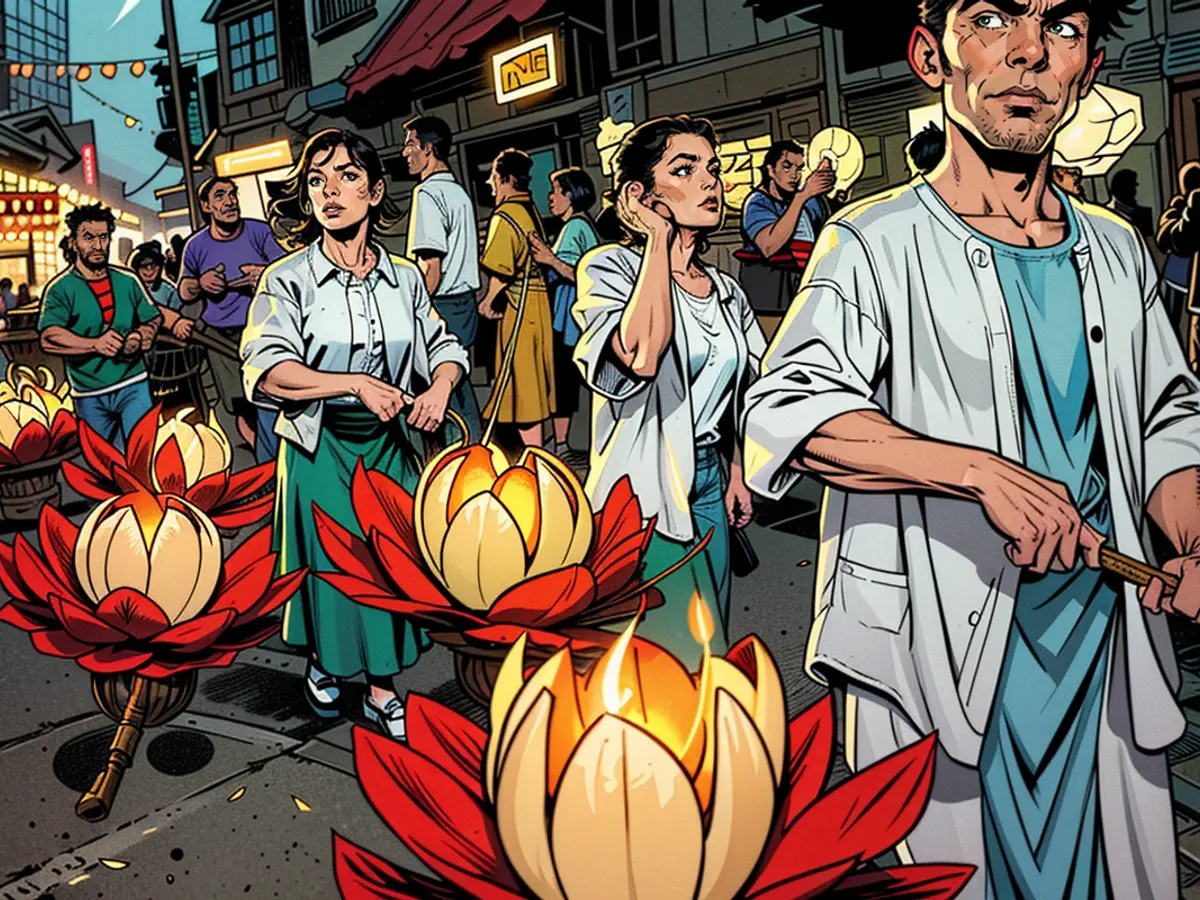
Chang’e: The moon goddess legend
Many Asian folklores surround the Mid-Autumn Festival, and one of the most fascinating is the story of Chang'e, the goddess of the moon.
According to legend, an archer named Hou Yi shot down nine excess suns, sparing the world from complete devastation. As a token of gratitude, he was presented with an elixir from the heavens, but his wife Chang'e drank the elixir to save it from a greedy apprentice. Consequently, she floated to the moon.
Missing his wife dearly, Hou Yi would hold an annual feast in her honor on the day the moon was fullest, hoping to catch a glimpse of her shadow.
Remarkably, this tale has influenced China's space program, with its lunar modules and rovers bearing names associated with the moon goddess and her mythical rabbit companion.
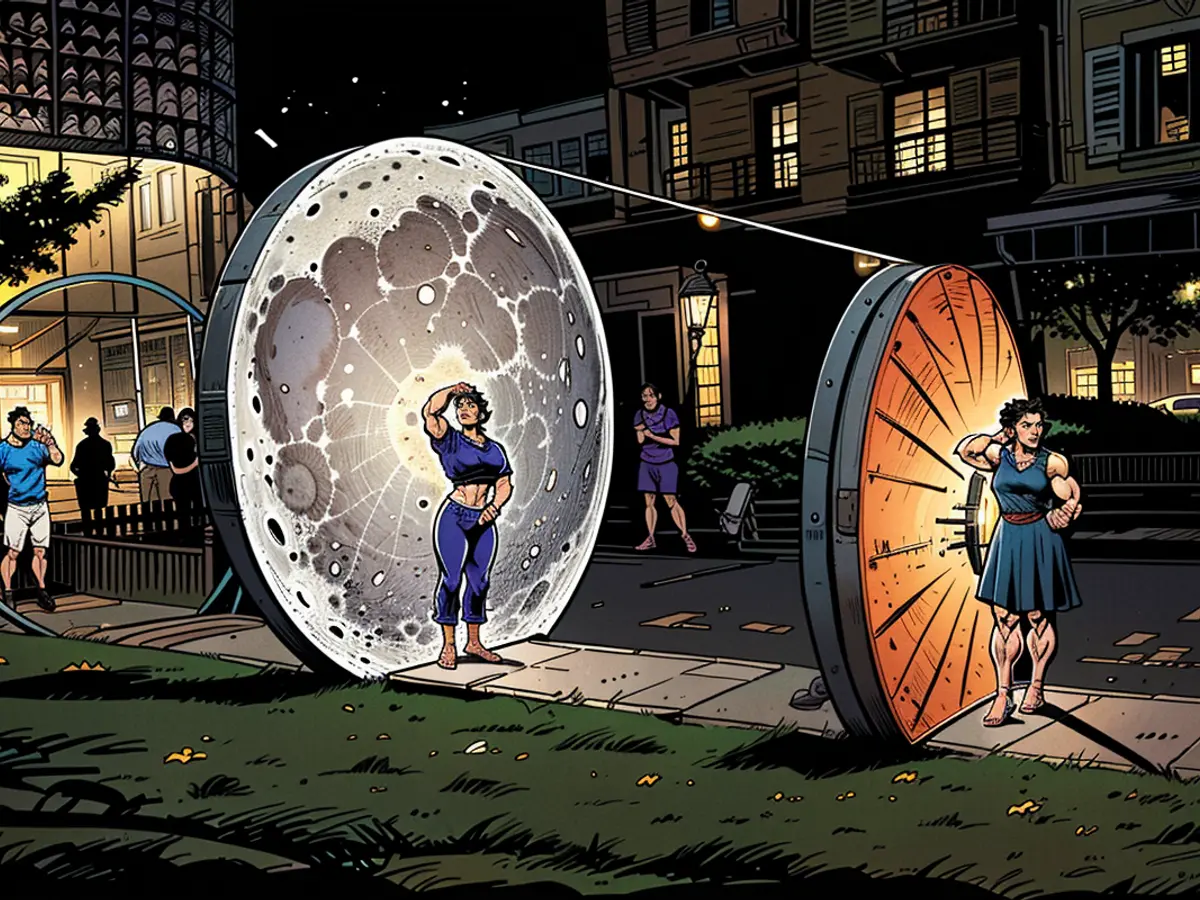
Mid-Autumn Festival customs and traditions
There's a variety of traditions associated with the Mid-Autumn Festival.
In Vietnam, the celebration is celebrated as "children's day," featuring paper lantern fairs and lion dance parades. Conversely, in southern China, families light lanterns and relish in seasonal fruits such as pomelo and starfruit.
Some villages in Hong Kong maintain the fire dragon dancing tradition, passing through narrow alleyways.
In South Korea, the Mid-Autumn Festival, or Chuseok, is a significant holiday, spanning three days. Family members clean ancestors' tombs, don traditional attire and indulge in crescent-shaped steamed rice cakes called songpyeon, filled with sweet ingredients.
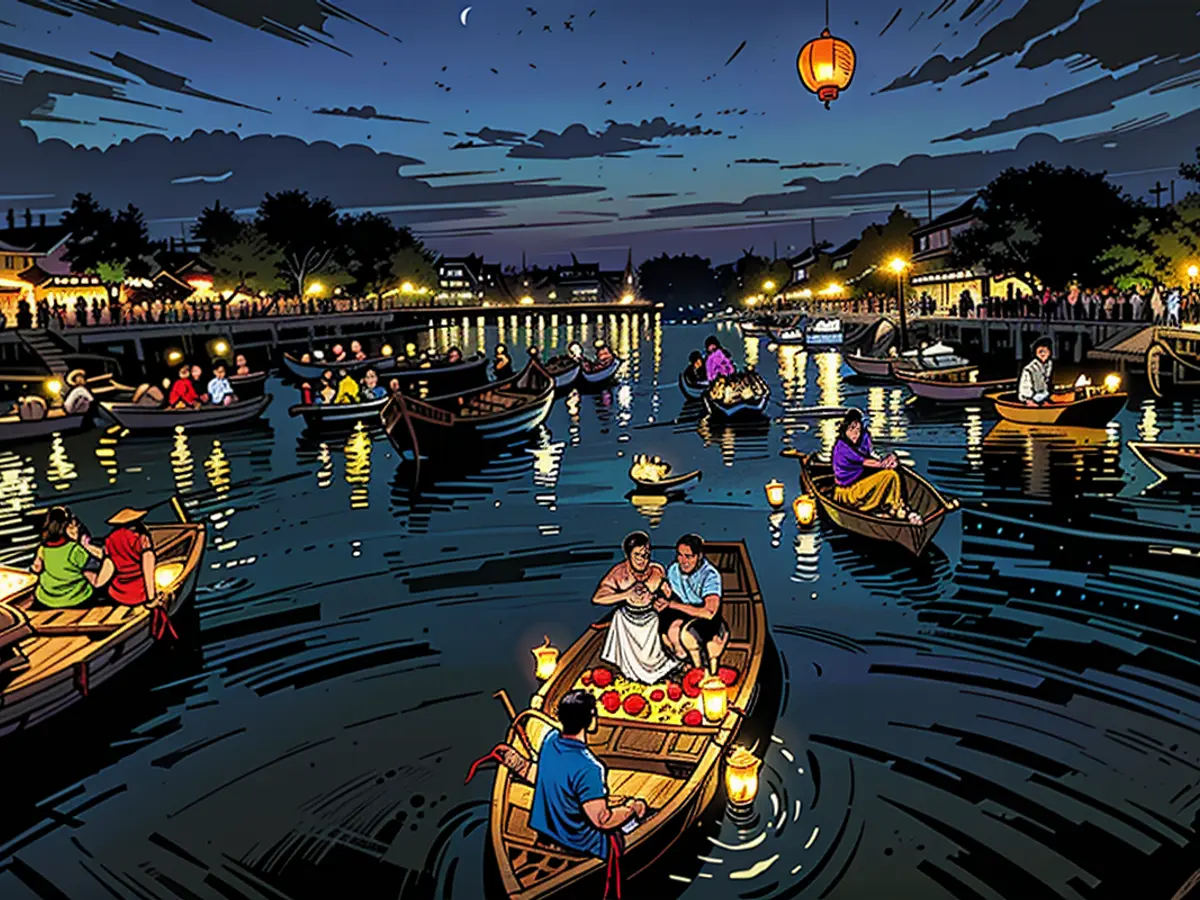
Japanese people, meanwhile, enjoy grilled sticky rice balls called tsukimi dango while appreciating the lunar spectacle.
Communities around the world with Asian roots have also adopted these celebrations, from New York City to Vancouver.
Mooncakes: Festive delights
One star attraction of the Mid-Autumn Festival is the mooncake, played a crucial role just like turkey in Thanksgiving or latkes in Hanukkah. In most parts of China, the calorie-rich pastry is divided and shared among families and friends.
There's various types of mooncakes, with lotus seed paste, salted egg yolk, and lard being the most common (a typical Cantonese style mooncake). Other popular ingredients consist of nuts, red beans, and custards.
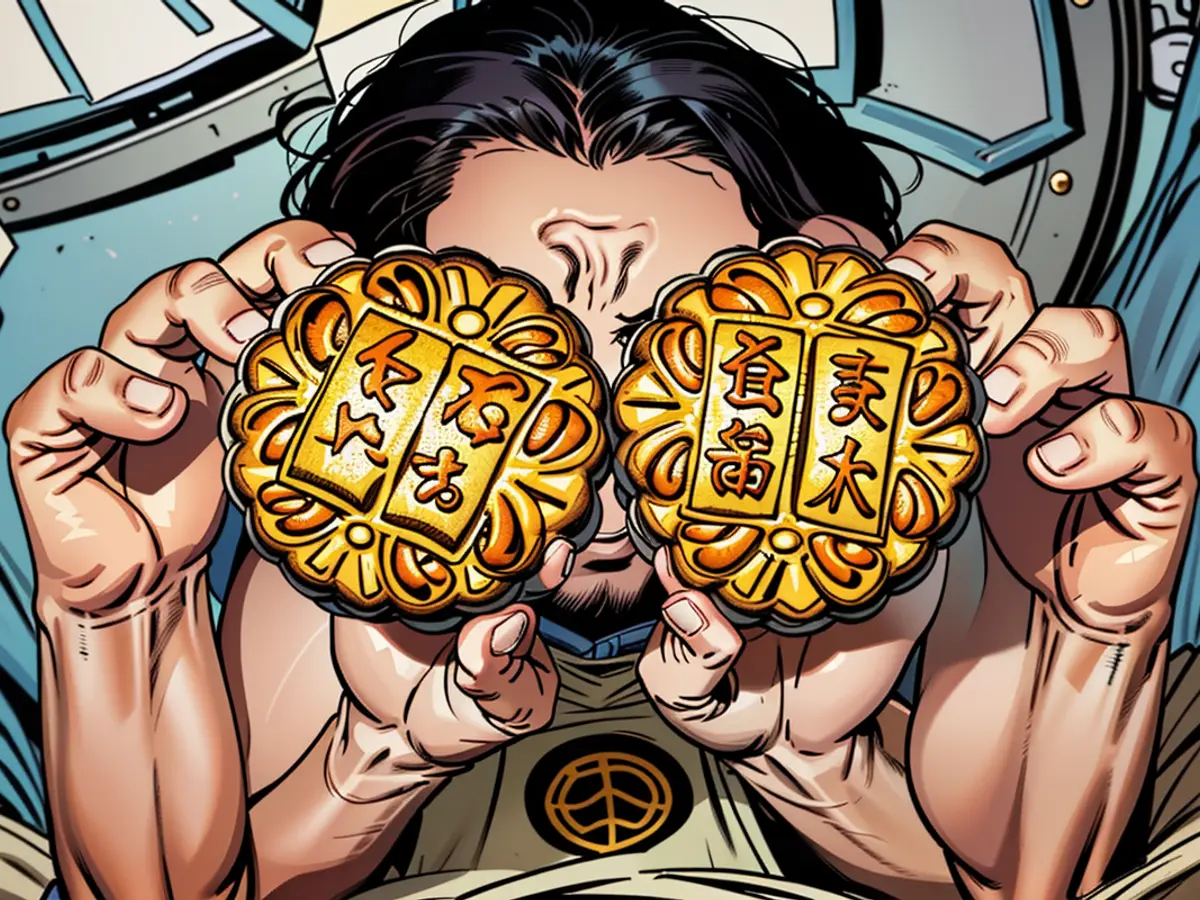
Brands and public organizations have taken to crafting unique mooncakes in recent years, such as the mooncakes that gained popularity from China's Shanghai Mental Health Center in 2023.
Bakery brands have also come up with alternative mooncakes, like ice cream covered in chocolate, catering to those with differing tastes.
After indulging in the traditional Mid-Autumn Festival banquet, families might decide to embark on a nighttime stroll, enjoying the cool autumn air and taking advantage of the long daylight hours that travel permits at this time of year.
Following the Mid-Autumn Festival customs, many individuals might consider traveling to different locations around the world, such as Vietnam or South Korea, to experience the unique celebrations and traditions that each culture offers during this lunar event.
Read also:
- Fear of escalation in the Middle East: US Secretary of State Blinken travels to the region again
- Government circles: US Secretary of State Blinken to travel to Middle East again
- Bridging days 2024: How you can double your vacation this year
- Germany has wanderlust: how tour operators and airlines are looking ahead to the next travel year
